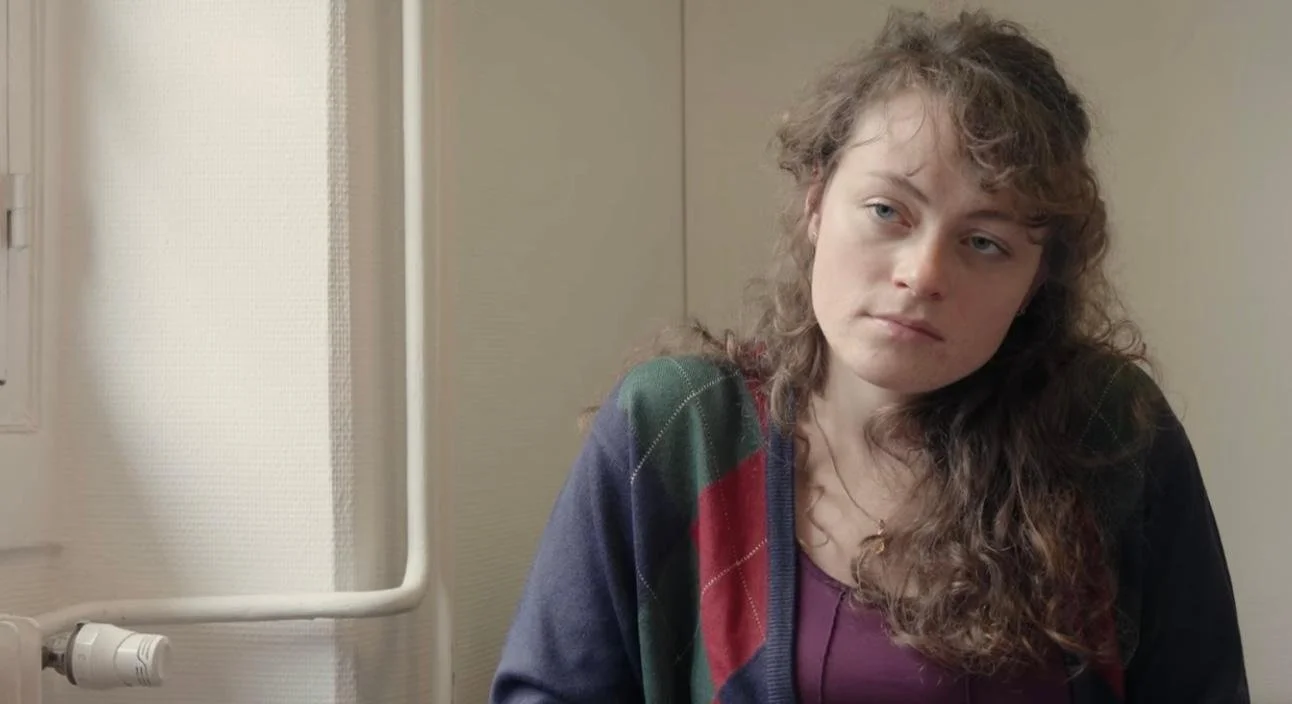SGIFF Review: At Averroes and Rosa Parks (2024)
Making room in the psychiatric facility — Staff Writer Mohamed Shafiullah reviews Nicolas Philibert’s documentary, At Averroes and Rosa Parks (2024).
At Averroes and Rosa Parks is a documentary by French filmmaker Nicolas Philibert, set in the titular psychiatric units at the Esquirol Hospital in Paris. A follow-up to his acclaimed On the Adamant (2023), the film deftly explores its patients’ hopes, dreams, fears and nightmares.
Through an observational approach, Philibert presents a unified portrait of characters as a connected whole, balancing the perspectives of both patients and caretakers. As opposed to interviewing the caretakers in the absence of the patients, and with his own questions, he takes us directly into their lives, letting us listen in on their conversations, watching like a fly on the wall. Their interactions are captured with over-the-shoulder shots that alternate between patient and caretaker, showing us how the patient reacts to their caretaker’s suggestions and how the caretaker reacts to their patient’s rebuttals. Philibert also frames his subjects with medium shots, revealing the full range of emotions that the patients project through body language and gestures.
That said, the observational approach raises a potential ethical question. The patients, reacting physically and flamboyantly, do not react to the camera or any other filming equipment. It seems unclear if they were aware that they were being filmed, or even in the right state of mind to consent to their stories, hopes and pains being recorded and seen by others. Though powerfully intimate, the film challenges the audience to grapple with the implications of such access, and the fine line between representation and exploitation.
Philibert also deepens our connection with and understanding of the patient-caretaker relationships, interspersing interviews with scenes of daily life at Averroes and Rosa Parks, two units in a hospital: a nurse walks down a hallway, fumigators gas the porch, a patient stares out into the open, a drone captures overhead shots of the hospital, and caretakers type away on their laptops in their offices. Seemingly random scenes, when put together, reveal a sense of ordinary life in the hospital, resisting societal preconceptions of psychiatric units as crazy and chaotic.
Yet it is also these scenes that visually communicate the emotional complexities at the hospital: the lit end of the hallway echo caretakers’ desires for their patients to escape their inner darkness and pains; the caretakers’ tables, boards, and desks filled with paperwork remind us of the collective effort put in for patients’ recovery; and patients comment on the prison-like uniformity of the overhead shots of their building, revealing a sense of suffocation and yearning for normalcy.
In fact, the desire to feel normal and engage in normal activities is inflected throughout the conversations that patients have with their psychiatrists. They want to read daily, they want to make art, they fear that they have let their parents down, they want to find love, and they want to achieve a sense of autonomy. They even have grand, philosophical ideas, discussing Plato, Nietzsche and Aristotle, politics, morality, and capitalism.
One notable patient, who calls himself a “Buddhist Jew”, launches into a political and religious tirade immediately shut down by other patients in the group session. He recounts many adventures, teaching, and projects, all thwarted by his mental illness. Set against the discussion on the dehumanisation of psychiatric patients, we see how society fails people like him, in its failure to recognise our shared humanity.
In the absence of text labelling each patient with their name and condition, Philibert tactfully ensures we refrain from quick judgements, and not just understand or sympathise with those suffering from mental illness — we feel the pains and joys of patients and the struggles faced by their caretakers, by experiencing moments in their shared lives, no questions asked.
In their articulated thoughts, we hear of patients’ unsatiated wanderlust (“Two metres from my bed, I am already abroad”), perceived faults (“What did I do wrong?”), and fears (“Thoughts like that are dreams”).
But most poignantly of all, one patient, after constantly insulting her psychiatrist (who always kept a smile on his face), finally thanked him for his care, for there will always be good days and bad days: “Thank you for taking care of me.”



